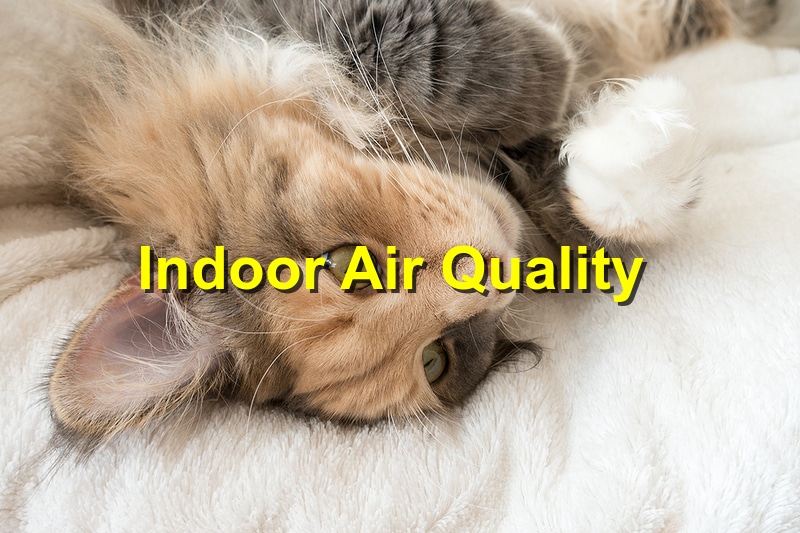Pets bring joy to our homes, but their presence can influence indoor air quality. Let’s explore how having pets might affect the air we breathe indoors and ways to ensure healthy air quality for both humans and furry companions.
Pet-Related Factors Impacting Indoor Air Quality:
- Dander and Allergens: Pets shed dander, microscopic skin flakes, and fur, which can become airborne. These particles, along with pet saliva and urine, contain allergens that may affect indoor air quality, especially for allergy-sensitive individuals.
- Odors: Pets can contribute to indoor odors, such as those from litter boxes, urine accidents, or natural animal scents, affecting the perception of air quality.
- Potential Airborne Particles: Along with dander, pets can bring in outdoor pollutants like dust, pollen, or other allergens on their fur, which might affect indoor air quality.
Impacts on Air Quality:
While pets bring immense joy, their presence can influence indoor air quality:
- Allergens and Asthma Triggers: Pet dander and allergens can trigger allergic reactions or worsen symptoms for individuals with asthma or respiratory conditions.
- Odor Concerns: Accumulation of pet odors may lead to discomfort or unpleasant living conditions, impacting perceived air quality.
- Potential Contaminants: Pets might carry in outdoor pollutants or allergens, contributing to the overall indoor air quality.
Strategies for Maintaining Healthy Air Quality:
- Regular Cleaning: Vacuum and dust frequently to reduce pet dander and hair buildup. Use HEPA filters in vacuums to trap particles effectively.
- Grooming and Bathing: Regular grooming and bathing of pets can help reduce shedding and dander.
- Air Purifiers: Consider using air purifiers with HEPA filters to help remove airborne particles and allergens.
- Ventilation: Proper ventilation, including opening windows when outdoor air quality is good, helps improve air circulation.
- Pet-Free Zones: Designate pet-free areas in the home, especially in bedrooms, to minimize exposure to allergens for sensitive individuals.
- Pet Hygiene: Maintain pets’ hygiene, including clean bedding, litter boxes, and regular veterinary care, to reduce potential sources of odor and contamination.
Conclusion:
Homes with pets can have healthy indoor air quality with proper care and maintenance. Regular cleaning, grooming, and effective air circulation are crucial in mitigating the impact of pet-related allergens and odors on indoor air quality. While pets add love and companionship to our lives, implementing these strategies can help ensure that both humans and pets breathe healthy indoor air
References: BearHomesSolution, ComfortSystems

